| Structure | Name/CAS No. | Articles |
|---|---|---|
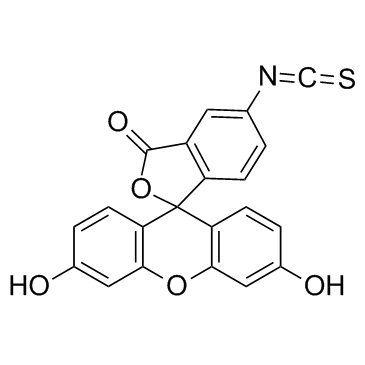 |
Fluorescein isothiocyanate
CAS:3326-32-7 |
|
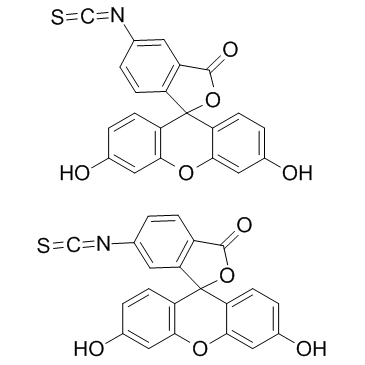 |
fluorescein 5-isothiocyanate
CAS:27072-45-3 |
|
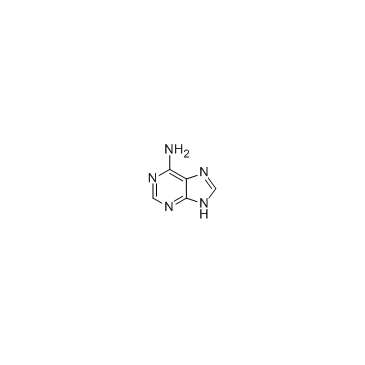 |
Adenine
CAS:73-24-5 |
|
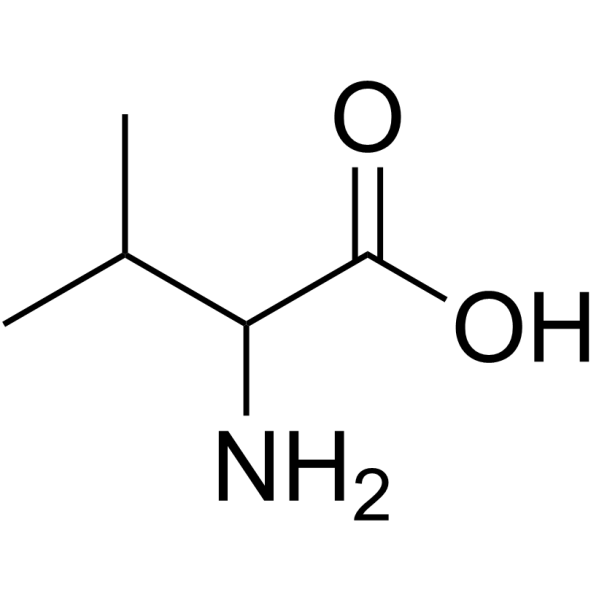 |
DL-Valine
CAS:516-06-3 |
|
 |
L-Glutamine
CAS:56-85-9 |
|
 |
toluidine blue for microscopy
CAS:6586-04-5 |
|
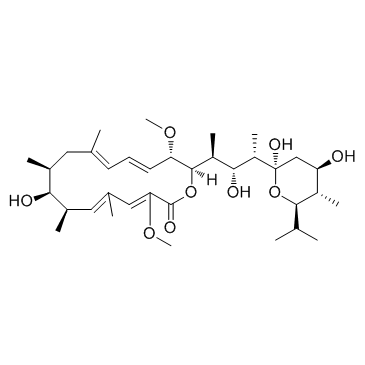 |
Bafilomycin A1
CAS:88899-55-2 |
|
 |
DL-Glyceraldehyde 3-phosphate
CAS:591-59-3 |
|
 |
Ethylenediaminetetraacetic acid
CAS:60-00-4 |
|
 |
Hexokinase
CAS:9001-51-8 |